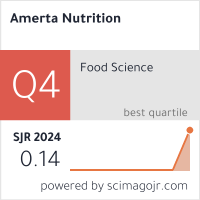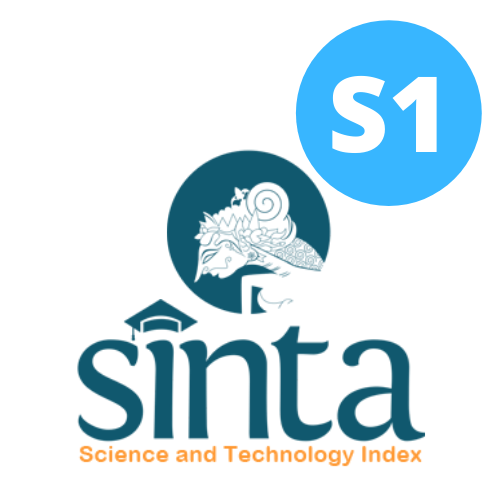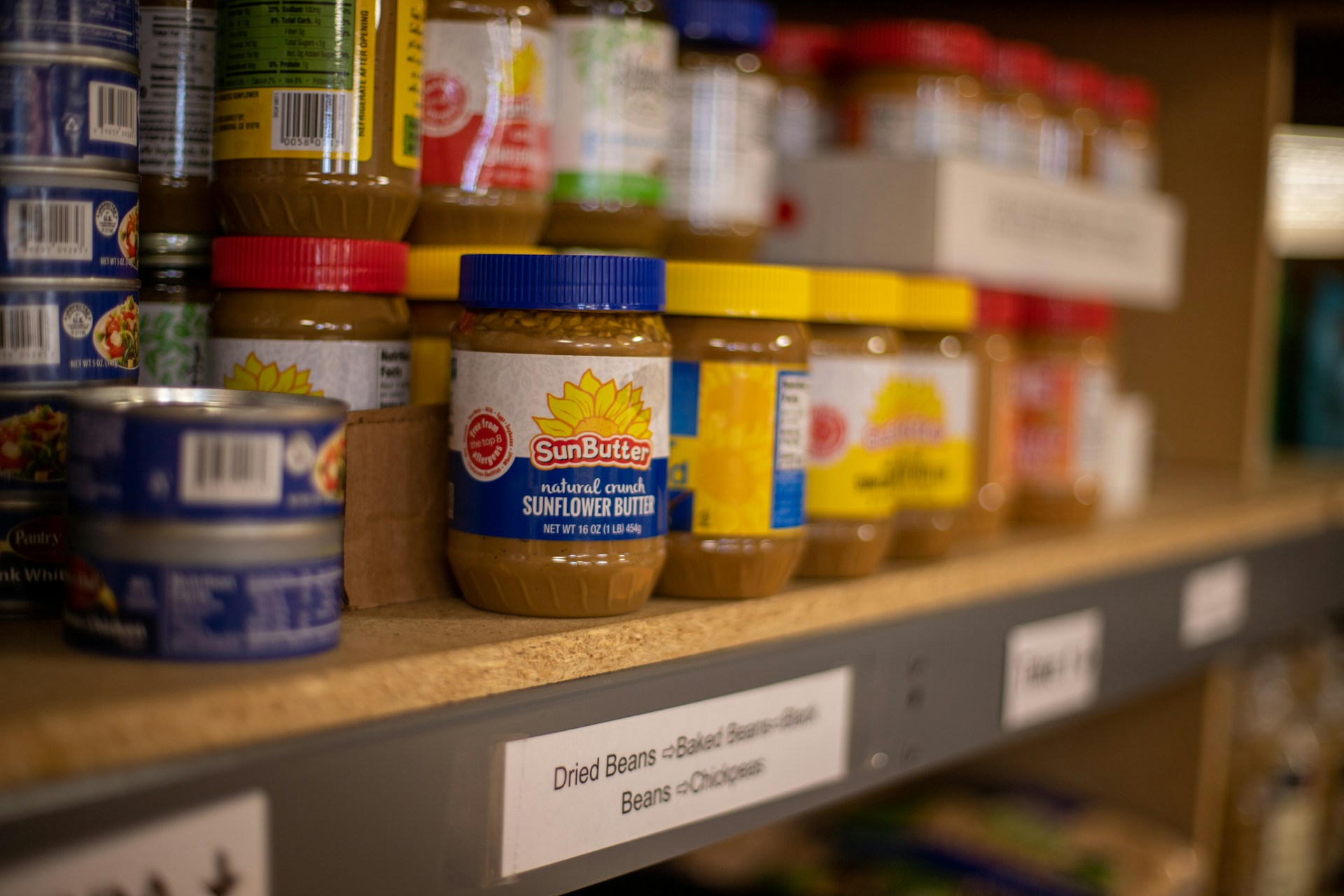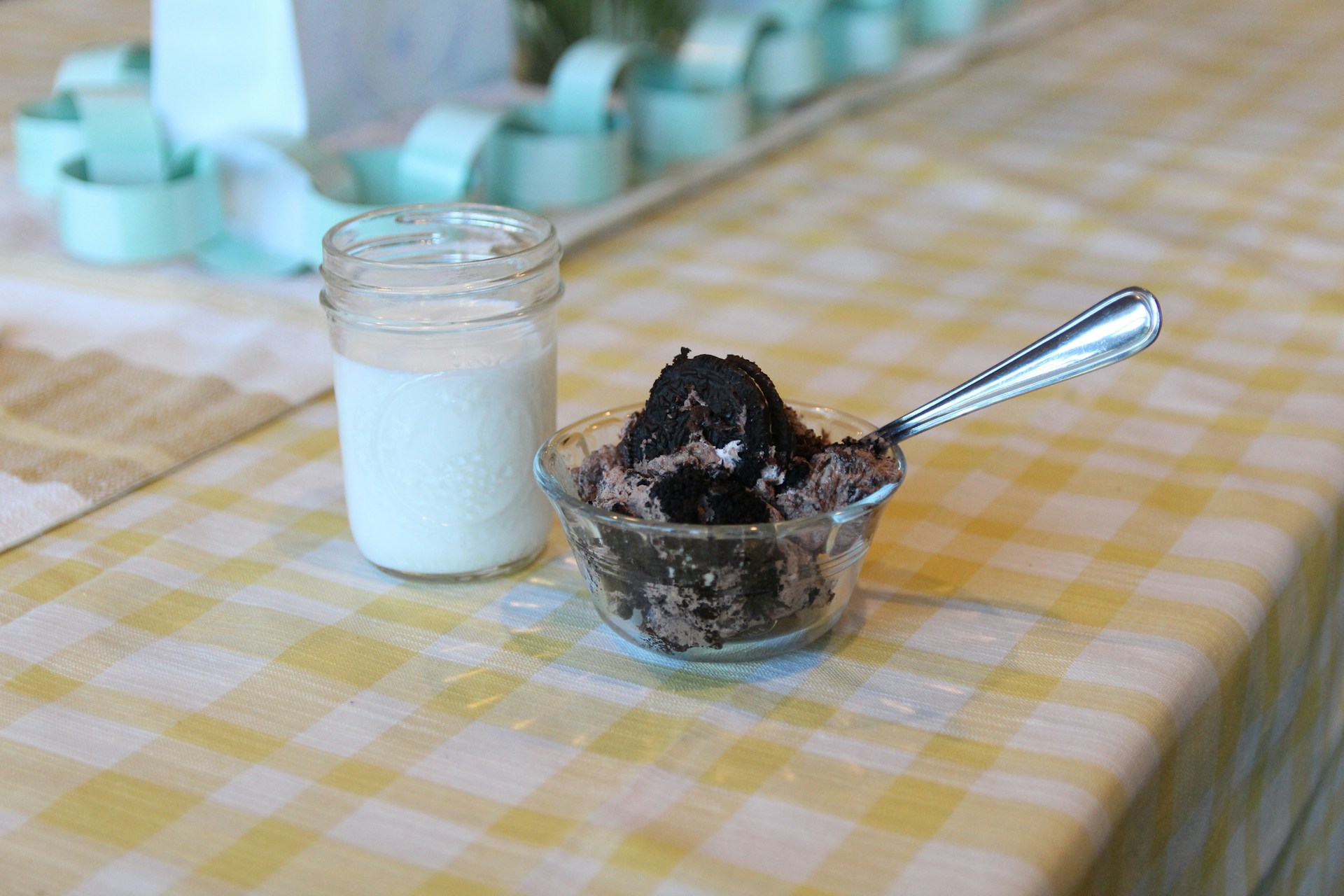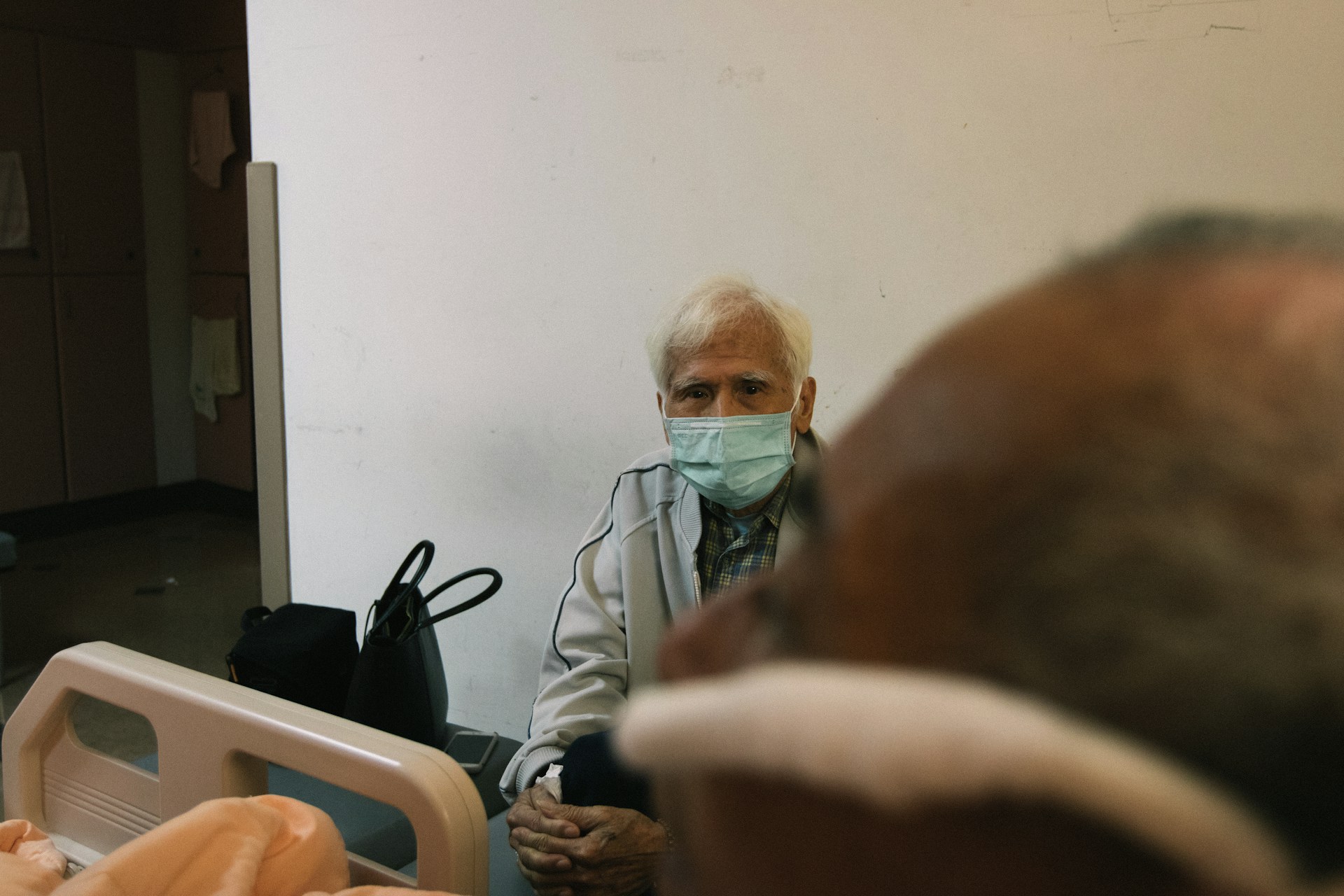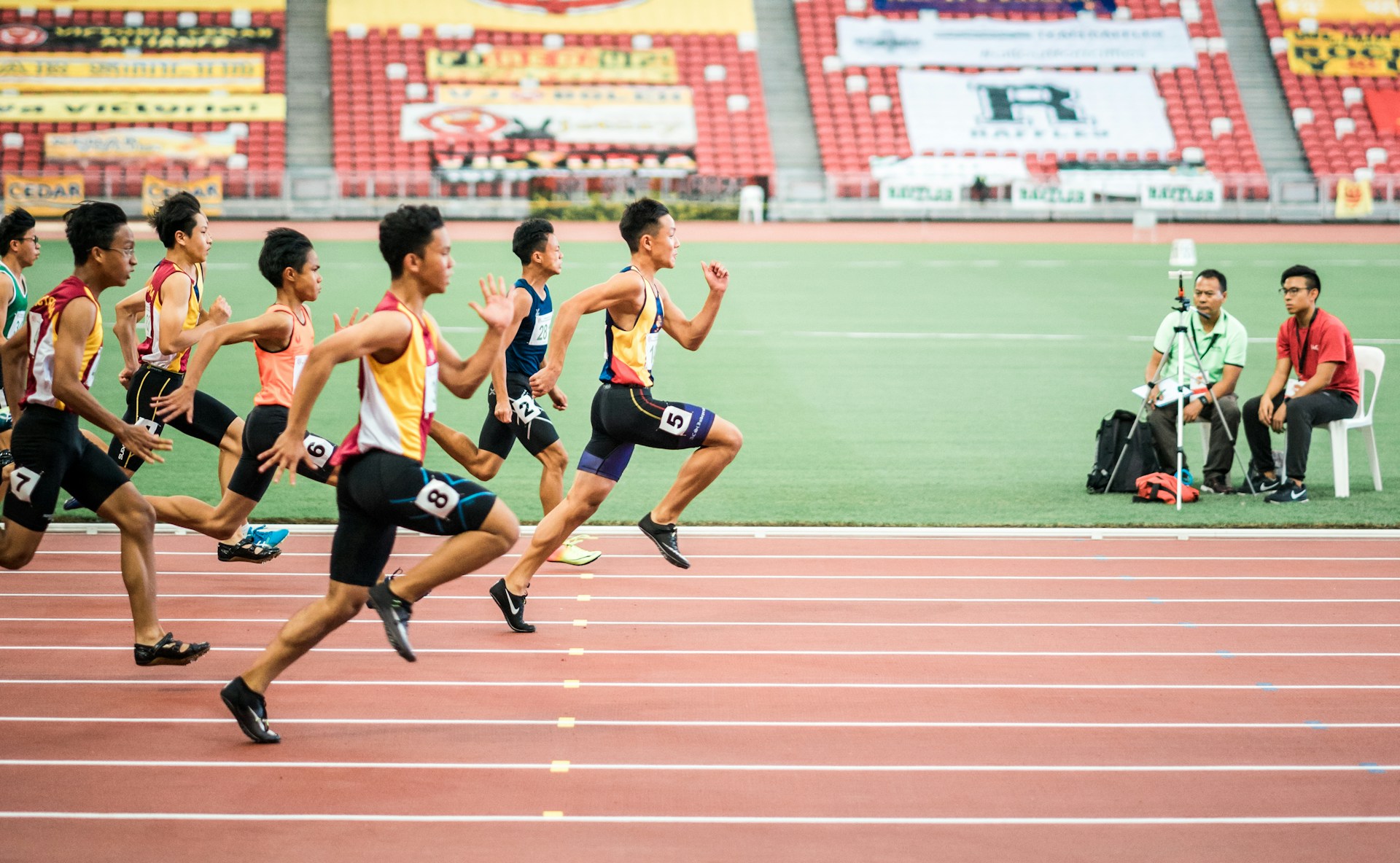Sweet Sweetened Beverages Intake and Sedentary Behavior Drive Overweight Trends: A Study of Urban and Rural Adolescents in East Java, Indonesia
Konsumsi Minuman Manis dan Perilaku Sedentari Mendorong Tren Kegemukan: Studi pada Remaja Perkotaan dan Pedesaan di Jawa Timur, Indonesia

Background: Overweight and obesity are growing concerns in developing countries, including Indonesia. Excessive food intake and lack of physical activity are major contributing factors to this issue.
Objectives: This study aims to analyze the relationship between physical activity levels, dietary patterns, and nutritional status among adolescents living in rural and urban areas.
Methods: This cross-sectional study involved 261 adolescents (120 males, 141 females) aged 12–14 years from East Java, Indonesia. Physical activity was assessed using the Physical Activity Questionnaire for Children (PAQ-C), while dietary intake was measured using daily recall and a food frequency questionnaire (FFQ). Nutritional status was determined based on BMI-for-age Z-scores.
Results: More than 20% of adolescents were overweight (Z-score > 2), with a prevalence of 21% in rural areas and 31% in urban areas. Urban adolescents consumed more sugary drinks, had longer screen time, and slept less than their rural counterparts (p-value<0.05). Overall physical activity levels were significantly higher among rural adolescents. Key risk factors for overweight status included sugary drink consumption (OR 2.32), high-fat food intake (OR 1.61), low physical activity (OR 0.09), and prolonged screen time (OR 1.21).
Conclusions: Differences in lifestyle between rural and urban adolescents impact their nutritional status. Targeted interventions to promote physical activity and reduce sugary drink consumption, especially in urban areas, are crucial for preventing overweight and improving adolescent health.
WHO. Obesity and overweight. World Health Organization. Available at: https://www.who.int/news-room/fact-sheets/detail/obesity-and-overweight (2018).
The National Institute of Health Research and Development Ministry of Health of the Republic of Indonesia. National report on basic health research 2018 [Internet]. The National Institute of Health Research and Development Ministry of Health of the Republic of Indonesia, Jakarta. Available at: https://kesmas.kemkes.go.id (2018).
Caleyachetty, R. et al. The double burden of malnutrition among adolescents: Analysis of data from the Global School-Based Student Health and Health Behavior in School-Aged Children surveys in 57 low- and middle-income countries. Am. J. Clin. Nutr. 108, 414–424. https://doi.org/10.1093/ajcn/nqy105 (2018).
Abdullah, A. The double burden of undernutrition and overnutrition in developing countries: an update. Curr. Obes. Rep. 4, 337–349. https://doi.org/10.1007/s13679-015-0170-y (2015).
Min, J., Zhao, Y., Slivka, L. & Wang, Y. Double Burden of Diseases Worldwide: Coexistence of Undernutrition and Overnutrition-Related Non-Communicable Chronic Diseases. Obes. Rev. 19, 49–61 (2018).
Piernas, C. et al. The double burden of under- and overnutrition and nutrient adequacy among Chinese preschool and school-aged children in 2009–2011. Eur. J. Clin. Nutr. 69, 1323–1329. https://doi.org/10.1038/ejcn.2015.106 (2015).
Golay, A. & Bobbioni, E. The Role of Dietary Fat in Obesity. Int. J. Obes. Relat. Metab. Disord. 21 Suppl 3, S2–S11 (1997).
Gillespie, S. et al. The Politics of Reducing Malnutrition: Building Commitment and Accelerating Progress. Lancet 382, 552–569. https://doi.org/10.1016/S0140-6736(13)60842-9 (2013).
Gonzales, M., Martinez, J. A., Hu, F. B., Gibney, M. J. & Kearney, J. Physical Inactivity, Sedentary Lifestyle and Obesity in the European Union. Int. J. Obes. 23, 1192–1201 (1999).
Robinson, T. M. et al. Screen media exposure and obesity in children and adolescents. Pediatrics 140 Suppl 2, S97–S101 (2017).
Andersen, N., Lillegaard, I. T., Overby, N., Lytle, L., Klepp, K. I. & Johansson, L. Overweight and obesity among Norwegian schoolchildren: Changes from 1993 to 2000. Scand. J. Public Health 8, 130–143. Available at: http://www.ncbi.nlm.nih.gov/pubmed/15823970 (2005).
Wiklund, R. The role of physical activity and exercise in obesity and weight management: Time for critical appraisal. Elsevier 5, (2016).
Ministry of Health of the Republic of Indonesia. Survey Kesehatan Indonesia 2023 (Ministry of Health, Republic of Indonesia, 2023)
Kowalski, K. C., Crocker, P. R. & Faulkner, R. A. Validation of the physical activity questionnaire for older children. Pediatr. Exerc. Sci. 9, 174–186. https://doi.org/10.1123/pes.19.1.6 (1997).
World Health Organization (WHO). Waist circumference and waist-hip ratio. Report of a WHO expert consultation, Geneva, 8–11 December 2008. WHO, Geneva. (2008).
Cai, Z. et al. Influence of adolescents' and parental dietary knowledge on adolescents' body mass index (BMI), overweight/obesity in 2004–2015: A longitudinal study. Arch. Public Health 81, 188. https://doi.org/10.1186/s13690-023-01197-x (2023).
Oldewage-Theron, W., Egal, A. & Moroka, T. Nutrition knowledge and dietary intake of adolescents in Cofimvaba, Eastern Cape, South Africa. Ecol. Food Nutr. 54, 138–156. https://doi.org/10.1080/03670244.2014.959944 (2015).
Velazquez, C. E., Pasch, K. E., Ranjit, N., Mirchandani, G. & Hoelscher, D. M. Are adolescents’ perceptions of dietary practices associated with their dietary behaviors? J. Am. Diet. Assoc. 111, 1735–1740. https://doi.org/10.1016/j.jada.2011.08.003 (2011).
French, S. A., Tangney, C. C., Crane, M. M., Wang, Y. & Appelhens, M. Nutrition quality of food purchases varies by household income: the SHoPPER study. BMC Public Health 19, 231. https://doi.org/10.1186/s12889-019-6546-2 (2019).
U.S. Department of Health and Human Services. Healthy People 2020, 2nd ed. U.S. Government Printing Office, Washington DC. Available at: https://www.healthypeople.gov (2019).
Mancino, L., Guthrie, J., Ver Ploeg, M. & Lin, B. H. Nutritional quality of foods acquired by Americans: Findings from USDA’s National Household Food Acquisition and Purchase Survey. United States Department of Agriculture, Economic Research Service, Washington DC. Available at: https://www.ers.usda.gov/webdocs/publications/87531/eib-188.pdf?utm (2018).
Congdon, P. Obesity and urban environment. Int. J. Environ. Res. Public Health 16, 464. https://doi.org/10.3390/ijerph16030464 (2019).
Brace, O., Garrido Cumbrera, M., Galvez Ruiz, D. & Lopez Lara, E. Assessing the influence of urban sprawl on commuting mode choice. Boletín de la Asociación de Geógrafos Españoles 75, 687–690 (2017).
Lee, I. M., Ewing, R. & Sesso, H. D. The built environment and physical activity levels: The Harvard Alumni Health Study. Am. J. Prev. Med. 37, 293–298 (2009).
Story, M., Neumark-Sztainer, D., & French, S. (2008). Individual and environmental influences on adolescent eating behaviors. Journal of the American Dietetic Association, 108, S40-S46. https://doi.org/10.1016/j.jada.2008.01.050
Raut, S., KC, D., Singh, D. R., Dhungana, R. R., Pradhan, P. M. S. & Sunuwar, D. R. Effect of nutrition education intervention on nutrition knowledge, attitude, and diet quality among school-going adolescents: A quasi-experimental study. BMC Nutrition 10, 35. https://doi.org/10.1186/s40795-024-00850-0 (2024).
Gui, Z. H. et al. Sugar-sweetened beverage consumption and risks of obesity and hypertension in Chinese children and adolescents: A national cross-sectional analysis. Nutrients 9, 1–14 (2017).
Fawziya, V. R., Adi, M. S., Wurjanto, M. A., & Yuliawati, S. (2021). Association between the role of peers and social media exposure with the level of sugar-sweetened beverages consumption in adolescents. Jurnal Amerta Nutrition, 8, 383–388. https://doi.org/10.20473/amnt.v8i3.2024.383-388
Fatikasari, K. Z. Hubungan Pengaruh Paparan Media Sosial dan Faktor Lainnya dengan Konsumsi Sugar-Sweetened Beverages (SSBs) pada Siswa SMAN 25 Jakarta Tahun 2020. (Universitas Indonesia, 2020).
Premkumar, S., Ramanan, P. V. & Lakshmi, J. D. Rural childhood obesity – An emerging health concern. Indian J. Endocr. Metab. 23, 289–292 (2019).
Wattelez, G., Frayon, S., Caillaud, C. & Galy, O. Physical activity in adolescents living in rural and urban New Caledonia: The role of socioenvironmental factors and the association with weight status. Front. Public Health 9, 623685. https://doi.org/10.3389/fpubh.2021.623685 (2021).
Kessaram, T., McKenzie, J., Girin, N. et al. Overweight, obesity, physical activity and sugar-sweetened beverage consumption in adolescents of Pacific islands: results from the Global School-Based Student Health Survey and the Youth Risk Behavior Surveillance System. BMC Obes. 2, 34. https://doi.org/10.1186/s40608-015-0062-4 (2015).
CDC. Daily Screen Time Among Teenagers: United States, July 2021–December 2023. (NCHS Data Brief, 2024).
Twenge, J. M. & Campbell, W. K. Associations between screen time and lower psychological well-being among children and adolescents: Evidence from a population-based study. Prev. Med. Rep. 12, 271–283. https://doi.org/10.1016/j.medr.2018.10.003 (2018).
Al-Nuaim, A. A., Al-Nakeeb, Y., Lyons, M. et al. The prevalence of physical activity and sedentary behaviours relative to obesity among adolescents from Al-Ahsa, Saudi Arabia: rural versus urban variations. J. Nutr. Metab. 2012, 417589. https://doi.org/10.1155/2012/417589 (2012).
Rivera-Ochoa, M., Brazo-Sayavera, J. & Vizmanos-Lamotte, B. et al. Health-related factors in rural and urban Mexican adolescents from the state of Jalisco: the HELENA-MEX study. Int. J. Environ. Res. Public Health 17, 8959. https://doi.org/10.3390/ijerph17238959 (2020).
Copyright (c) 2025 Amerta Nutrition

This work is licensed under a Creative Commons Attribution-ShareAlike 4.0 International License.
AMERTA NUTR by Unair is licensed under a Creative Commons Attribution-ShareAlike 4.0 International License.
1. The journal allows the author to hold the copyright of the article without restrictions.
2. The journal allows the author(s) to retain publishing rights without restrictions
3. The legal formal aspect of journal publication accessibility refers to Creative Commons Attribution Share-Alike (CC BY-SA).
4. The Creative Commons Attribution Share-Alike (CC BY-SA) license allows re-distribution and re-use of a licensed work on the conditions that the creator is appropriately credited and that any derivative work is made available under "the same, similar or a compatible license”. Other than the conditions mentioned above, the editorial board is not responsible for copyright violation.






